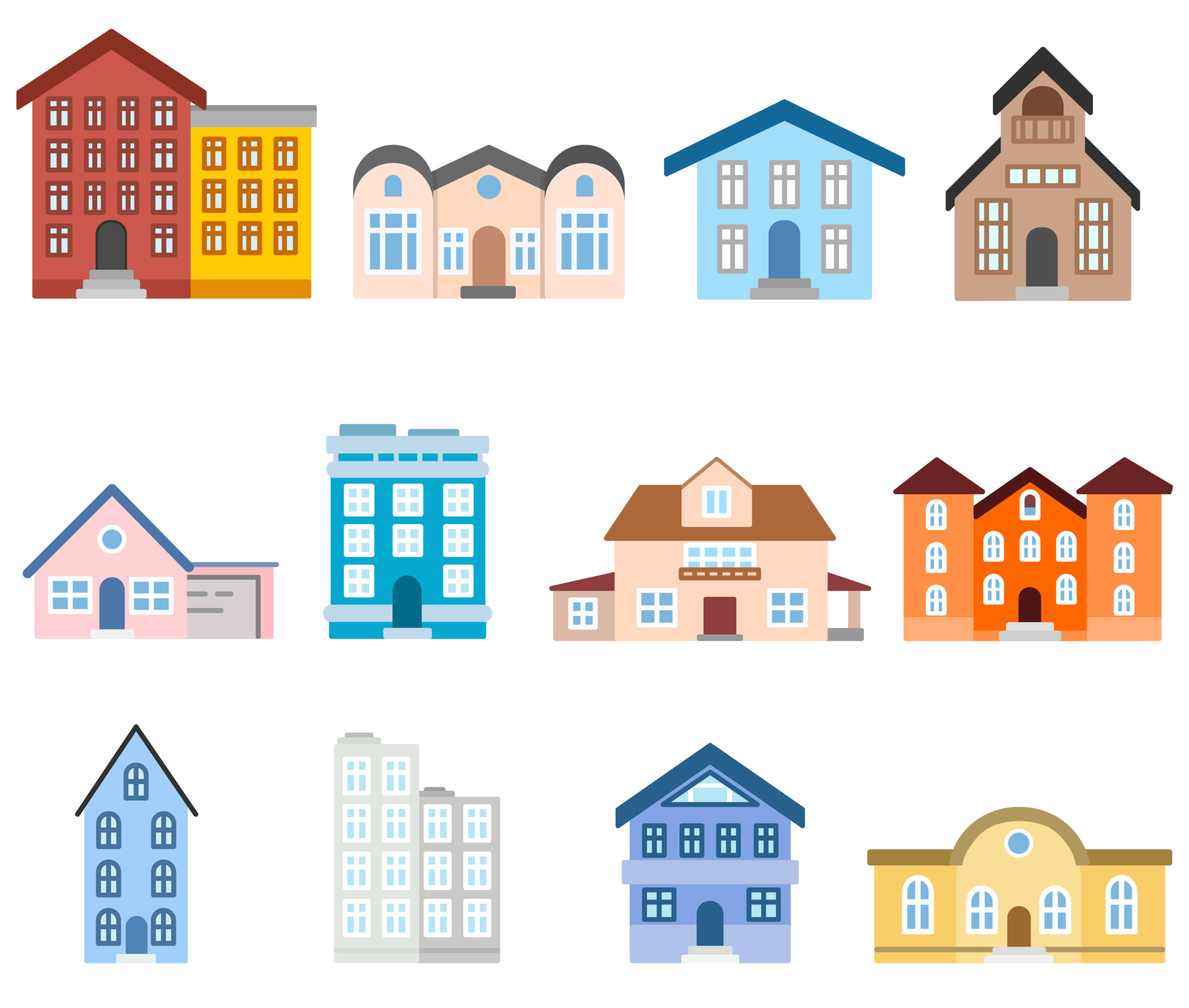We all know that community association living means shared walls and common areas, but how many homeowners truly understand where the boundary lies between their unit and whatever is on the other side? Understanding and knowing where the unit boundaries are and what is and is not part of an owner’s unit is essential to understanding everything from maintenance obligations, insurance coverage, financial responsibility for repairs, and even where an owner or occupant can place a satellite dish. Yet I am constantly running into boards and managers that do not have a firm grasp on where the unit boundaries are in their association and end up making some pretty serious mistakes as a result.
Knowing your unit boundaries starts with understanding your association ownership structure. A condominium is different from a townhome or planned community, and cooperatives are different from either one. The ownership structure of a community association does not depend on what the property or the homes look like. There are condominiums that look like high-rise or low-rise apartments and others that resemble a traditional townhome or rowhome community. True townhomes can be attached to each other or completely detached, and a cooperative can look like anything. The difference between these types of communities lies largely in the unit boundaries and the way in which the common elements (if any) are owned.
Condominiums
In most condominiums, the unit boundaries are defined as the unfinished interior surfaces of perimeter walls, floors and ceilings. This is generally what we refer to as a “box of air” because the unit includes paint, wallpaper and finished flooring but not the physical structure behind these items. In most cases, the sheetrock, insulation, pipes, wiring and everything inside the walls, floor and ceiling are part of the common elements, as is the building exterior, and any interior common spaces, as well as all of the land under and surrounding the building. Perimeter windows and doors are also usually defined as being partially or wholly outside the unit boundaries and are therefore usually deemed to be limited common elements assigned to a particular unit.[1] Other limited common elements that are typical in a condominium include patios, decks or balconies, and may include garage or storage stalls. The box of air might be multiple stories in the case of a townhome-style condominium, but the unit boundaries will still be the same. In a condominium, the owners of the units jointly own the common elements based on their allocated interests as set forth in the declaration.
Townhomes
In contrast to a condominium, owners in a townhome association actually do own the land beneath their home and the sky above. The unit boundaries will generally be defined as the platted lot, thus requiring you to review your plat map to determine how the lots are platted. The lot may be platted fairly close to the building footprint and be surrounded by common elements, or it may resemble a typical single-family subdivision plat with lots platted all the way to the street and possibly no common elements. Items such as decks and patios are usually located entirely within the lot lines and are, therefore, part of the unit and are not deemed to be common or limited common elements. However, depending on where the lot lines are located, driveways and walkways are often located partially or entirely outside those lot lines and thus may be deemed limited common elements. If the association does have common elements, these will be one or more separate lots with a separate legal description and will be deeded to and owned by the association.
Cooperatives
Cooperatives are completely different from either a condominium or a townhome development because the members do not actually own any part of the real estate. Instead, the entire real estate is owned by the cooperative corporation. Members purchase a share in the corporation, which then entitles them to lease a unit in the property. The unit boundaries are therefore defined as whatever portion of the property is reserved for the exclusive use of the member pursuant to that lease agreement and/or any of the other governing documents.
Why it Matters
As indicated above, knowing where the unit boundaries are located is vital in determining what is and is not part of the unit vs. part of the common or limited common elements. This, in turn, will help determine who is responsible for maintaining and insuring which portions of the property, as well as who pays for what maintenance and repairs. Knowing who maintains which portion of the property does not determine whether that component is part of a unit, common elements or limited common elements, since the declaration may provide that the association maintains portions of the owners’ units, but knowing whether something is part of the unit or not will then allow you to look to the relevant portions of the declaration to see how units, common elements and limited common elements are treated for purposes of maintenance, insurance, etc.
Additionally, other statutes and regulations may have different applicability to a community and its members depending on what portion of the property is owned by, or under the exclusive control of, the owners or occupants. A good example would be the FCC regulations that dictate what types of rules and regulations associations and other housing providers can adopt regarding satellite dishes. The regulations apply to any areas of exclusive control by the owner or occupant, which would generally be the unit itself plus any limited common elements allocated to the unit. In a townhome association, the area of exclusive control would be the entire platted lot, including the roof, garage and any land included within that lot, whereas in a condo that would be limited to the box of air plus any patio or balcony or other similar limited common element area and would not include any portion of the exterior of the building or the land. In a cooperative, the area of exclusive control would depend on the physical structure of the property and what is defined as the unit and any limited common elements in the governing documents and/or the lease.
There are many areas where association boards and managers can be tripped up and make potentially serious mistakes if they do not know and understand the ownership structure of the association and where the unit boundaries lie. This type of misunderstanding can lead to the improper handling of insurance claims and/or a failure of the association to properly maintain those portions of the property for which it is responsible, as well as disputes with homeowners over who pays for what repairs or maintenance, all of which can result in unnecessary legal fees and costs being incurred to address the problem after the fact. Of course, it doesn’t help if the governing documents are ambiguous or contain conflicting provisions in this regard. All too often we see poorly drafted documents or documents that contain conflicting provisions because the drafter did not understand the difference between a townhome and a condominium and how the unit boundaries differ. If you have questions about your unit boundaries or need help interpreting or amending your governing documents, you should contact an experienced attorney to assist you in avoiding what could end up being costly mistakes.
For questions about any issues regarding community associations, please feel free to contact the author.
[1] You need to check the actual unit boundaries in the declaration, however, as windows and doors, sheetrock and other items may be defined as part of the unit in some associations.


